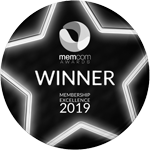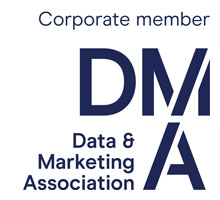Generating Value from the 2011 Census
Afternoon Seminar held on 19th September 2012 at the Royal Statistical Society
Report by Barry Leventhal, Seminar Chair
This was the second seminar that the Census & Geodemographics Group has held on the 2011 Census, and its purpose was to brief business users on how they can benefit from the new free Census data. The main points from each presentation are summarised below.
Chairman’s Introduction
Barry Leventhal welcomed delegates, and explained that four perspectives on the 2011 Census were going to be presented – users’ needs and expectations; the producer’s viewpoint, what’s in it for the research industry and broadening data usage. He reminded the audience that the UK is covered by three Census Offices, all of which took a census on 27th March 2011. Finally, Barry pointed out that ‘2011’ may have been the last traditional census in this country, as ONS have launched the ‘Beyond 2011 Programme’ in order to explore cost effective alternatives to the full population survey.
Maximising use & value: Commercial users’ needs and the Census Offices’ plans
Keith Dugmore (Demographic Decisions) began by presenting views on the 2001 Census from the Demographics User Group (DUG), which has 15 major commercial companies as its members. He then went through the main aspects of the 2011 Census, explaining DUG members’ views and the Census Offices’ actions. Keith concluded by identifying 2011 innovations, including facilities that will encourage users to create apps and mash-ups – enabling the data to be made available to a mass audience.
2011 Census Outputs: Maximising the utility of census data for the widest possible set of users
Emma White (ONS) delivered the producer’s view, in a very lively and engaging presentation. Emma began by summarising the story so far, in terms of the quality and processing of the 2011 Census in England & Wales. She pointed out that, through improved enumeration follow-ups, ONS achieved its targets of more than 80% response rate in every local authority district and 94% response overall. Emma then presented key results from the first release of census estimates, highlighting the growth in population from 2001 to 2011. She then explained ONS’s plans for second and subsequent releases, and their high-level dissemination strategy. Emma closed by summarising current work to create a harmonised database and set of outputs for the UK.
What’s in it for the research industry?
Barry Leventhal (BarryAnalytics) began by summarising some 2011 developments of particular relevance to researchers, such as the introduction of online completion of the census form. He then presented the main applications of census data to sample surveys, which led on to a discussion of the Sample of Anonymised Records (census microdata). Barry highlighted the work by members of the CGG, which will be used to obtain approximated social grade output from the Census, and finished by pointing out the benefits of integrating Census data with other sources.
Census and relevant information by web visualization: Attracting millions of new users?
Mike Batty (UCL Centre for Advanced Spatial Analysis) started by discussing the shifts that have taken place to mapping information online and across devices such as tablets and mobile phones – Mike illustrated the advances in online mapping by presenting numerous examples - picking up Barry’s theme of integrating datasets on maps, in order to add value. He then explained and illustrated the creation and mapping of surveys known as ‘crowd-sourcing’, which originated at UCL. Mike closed by presenting examples of visual analytics on a variety of sources, including US census data.
contact cgg@mrs.org.uk to request presentation
Get the latest MRS news
Our newsletters cover the latest MRS events, policy updates and research news.










